MDMA Crystal Online
$200.00 – $850.00
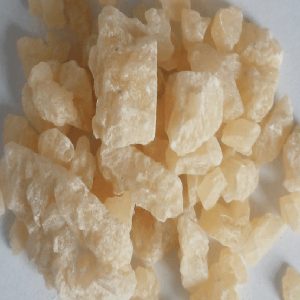
MDMA stimulates the release of neurotransmitters, such as serotonin, from brain
Discover MDMA Crystal online
MDMA crystal (3,4-methylenedioxymethamphetamine) crystals, also known as “molly” or “mandy”, refer to the crystalline powder or rock candy form of the synthetic psychoactive drug. This contrasts with the more common pressed pill form called “ecstasy”.
Chemical Composition
MDMA is a ring-substituted phenethylamine derivative and belongs to a broader class of compounds known as substituted methylenedioxyphenethylamines. Its chemical structure contains a phenyl ring bound to an amino (NH2) group through an ethyl sidechain with methylenedioxy ring substitutions.
The hydrochloride salt of MDMA forms white or off-white crystals that are water-soluble. The freebase form is a yellowish oil insoluble in water. Street MDMA typically contains the hydrochloride salt along with potential impurities.
Buy MDMA Crystal online
Appearance and Packaging
MDMA crystals range in color from white, tannish-brown, to yellow or pink depending on the production method and purity. High quality “molly” is often marketed as having a rocky, crystalline appearance resembling bath salts or rock candy.
Lower quality powdered MDMA may appear more granular or sugary in texture. Discoloration like brown or pink hues can indicate the presence of impurities or residual precursor chemicals. MDMA crystals are commonly packaged in small plastic bags, gelatin capsules, or wrapped in folded paper pouches known as “bullets”. Larger wholesale quantities may be sold in jars or plastic m.

Potency and Adulterants
The potency of MDMA crystals can vary significantly based on purity levels. Typical doses range from 70-125mg of the hydrochloride salt. Higher doses increase the intensity but also risks of adverse effects. Many purported “molly” samples have been found to contain little to no actual MDMA when tested. Common adulterants include:
– Methylone (bk-MDMA)
– Ethylone
– Alpha-PVP (flakka)
– MDPV (bath salts)
– MDA precursor compounds
– Caffeine
– Methamphetamine
These adulterants are often added to extend or mimic the effects of MDMA, frequently with more hazardous consequences. Purity testing kits can help identify adulterants.
Pharmacology
As an indirect monoaminergic agonist, MDMA promotes the presynaptic release of serotonin, norepinephrine, and dopamine while blocking their reuptake. This flood of neurotr
ansmitters is thought to produce MDMA’s characteristic euphoric, empathogenic, and stimulant effects.
MDMA acts as both a serotonin releasing agent and reuptake inhibitor. It indirectly influences the release of oxytocin, which is linked to its distinctive pro-social and empathogenic effects. MDMA is also a mild MAO inhibitor, which can lead to potentially dangerous interactions with certain drugs and supplemen
premium MDMA Crystalts online
Routes of Administration
The most common routes of administration for MDMA crystals include:
Oral – Swallowing crystals wrapped in tissue, capsules, or dissolved in water (“bombing”)
Insufflation – Snorting or “railing” the crushed powder crystals
Rectal – Inserting crystals or powder into the rectum using a gel capsule (“boofing”)
Injection and smoking are less common due to MDMA’s high melting point and risk of toxic vapor inhalation.
Onset and Duration
When taken orally, MDMA typically takes 30-60 minutes to take effect, peaking around 60-90 minutes. Insufflated MDMA has a faster onset of 15-30 minutes. The primary effects last 3-6 hours, followed by an “afterglow” period of residual stimulation lasting up to 12 hours in some cases. Factors like dose, weight, metabolism, and individual brain chemistry influence duration.
Effects Profile
MDMA is considered an empathogen-entactogen due to its unique blend of psychoactive effects:
Emotional
– Euphoria and intense feelings of love/empathy
– Increased sociability and extroversion
– Reduced anxiety and defensiveness
– Mild psychological introspection
Cognitive
– Increased focus and concentration
– Distortions in time perception
– Mild closed and open-eye visuals
– Synesthesia (blending of senses)
Physical
– Pupil dilation
– Bruxism (teeth grinding/jaw clenching)
– Mild muscle tension and tremors
– Decreased appetite
– Increased heart rate and blood pressure
– Dehydration and heat stroke risk
At higher doses, the psychedelic effects intensify, including more vivid hallucinations and a greater degree of dissociation or “body high”. Negative effects like anxiety, paranoia, and overstimulation also increase.
Therapeutic Potential
MDMA is classified as a Schedule I controlled substance in the US with no accepted medical use. However, it has shown promise in clinical trials for certain conditions:
– PTSD – MDMA-assisted psychotherapy may help patients process traumatic memories
– Anxiety in Autism – Reducing social anxiety and increasing empathy
– Couples Therapy – Increasing intimacy, communication, and reducing defensiveness
– End-of-Life Therapy – Providing acceptance and psychospiritual healing
The therapeutic potential is believed to stem from MDMA’s ability to temporarily reduce fear responses and defensiveness while increasing introspection and empathy.
Risks and Adverse Effects
While MDMA is considered physiologically safe in reasonable doses, it still carries risks of acute and long-term adverse effects:
Acute
– Hyperthermia and dehydration
– Hyponatremia (water intoxication)
– Bruxism and lockjaw
– Tachycardia and arrhythmias
– Hypertensive crisis
– Serotonin syndrome
– Anxiety, panic, psychosis

Long-Term
– Serotonin depletion and depression
– Impaired memory and cognition
– Sleep disturbances
– Potential neurotoxicity (disputed)
– Addiction and dependence
Fatalities from MDMA alone are very rare but can potentially occur from hyperthermia, serotonin syndrome, or undiagnosed heart/brain conditions. Most deaths involve poly-substance use. Harm reduction practices like testing, moderated dosing, hydration, and a controlled environment can help mitigate many risks of MDMA crystal use.
In summary, MDMA crystals represent a potent form of this unique empathogenic psychostimulant. While showing therapeutic benefits, it requires caution and moderation due to physiological and psychological risks, especially with adulterants and high dosages. Proper education and harm reduction are essential for safe use.
| Quantity | 5Grams, 10Grams, 28Grams, 50Grams |
|---|
Be the first to review “MDMA Crystal Online” Cancel reply
Related products
Psilocybin Mushrooms
Other Psychedelic
Other Psychedelic
Psilocybin Mushrooms
Psilocybin Edibles
DIAZEPAM pills


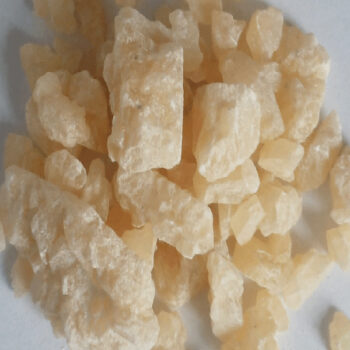


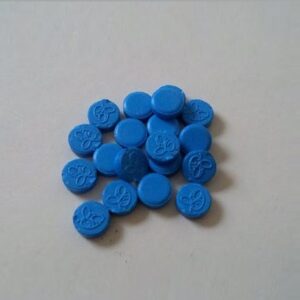

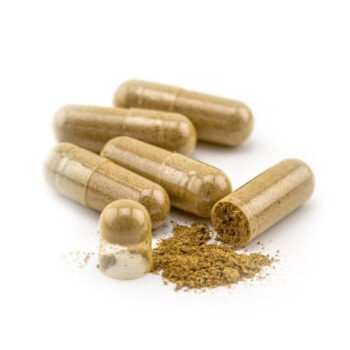
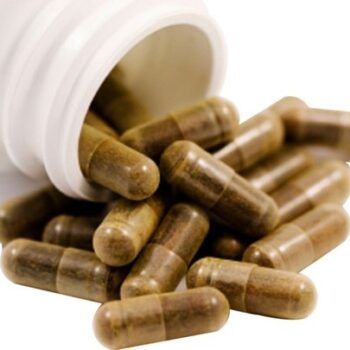

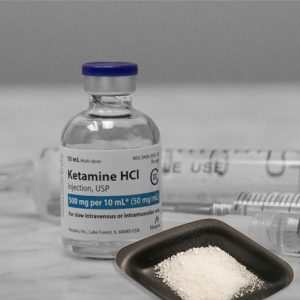


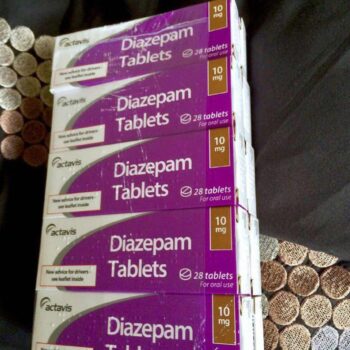
Reviews
There are no reviews yet.